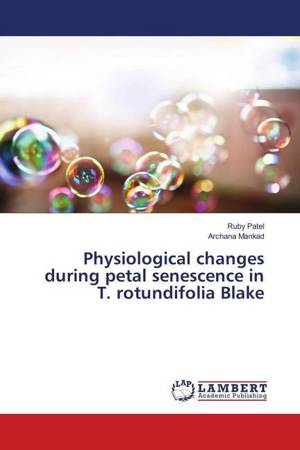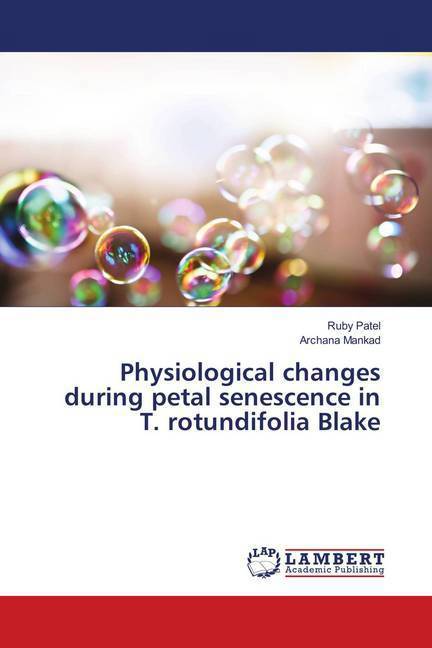
- Afhalen na 1 uur in een winkel met voorraad
- Gratis thuislevering in België vanaf € 30
- Ruim aanbod met 7 miljoen producten
- Afhalen na 1 uur in een winkel met voorraad
- Gratis thuislevering in België vanaf € 30
- Ruim aanbod met 7 miljoen producten
Zoeken
Physiological changes during petal senescence in T. rotundifolia Blake
Ruby Patel, Archana Mankad
Paperback | Engels
€ 49,45
+ 98 punten
Omschrijving
The life expectancy of cut flower is strongly influenced by the growing environment and handling and shipping procedures employed from farmer to florist. Flowers have a limited life span with an irreversible process called senescence which varies from species to species. All flower parts do not follow the same path of senescence. Carbohydrate is one of the important compounds present in plant organ. Beside carbohydrate metabolism, protein metabolism is also known to be associated with the senescence process and programmed cell death (PCD). During senescence degradation of protein may occur and make free amino acids. It occurs in the proteosomes, vacuoles, mitochondria, nucleus and plastids, but mass degradation occurs in the vacuoles. During senescence carbohydrate plays an important role in longevity of cut flower. During vase life, exogenous supply of sugar improves bud opening and petal development.
Specificaties
Betrokkenen
- Auteur(s):
- Uitgeverij:
Inhoud
- Aantal bladzijden:
- 108
- Taal:
- Engels
Eigenschappen
- Productcode (EAN):
- 9783659905209
- Uitvoering:
- Paperback
- Afmetingen:
- 150 mm x 220 mm

Alleen bij Standaard Boekhandel
+ 98 punten op je klantenkaart van Standaard Boekhandel
Beoordelingen
We publiceren alleen reviews die voldoen aan de voorwaarden voor reviews. Bekijk onze voorwaarden voor reviews.








